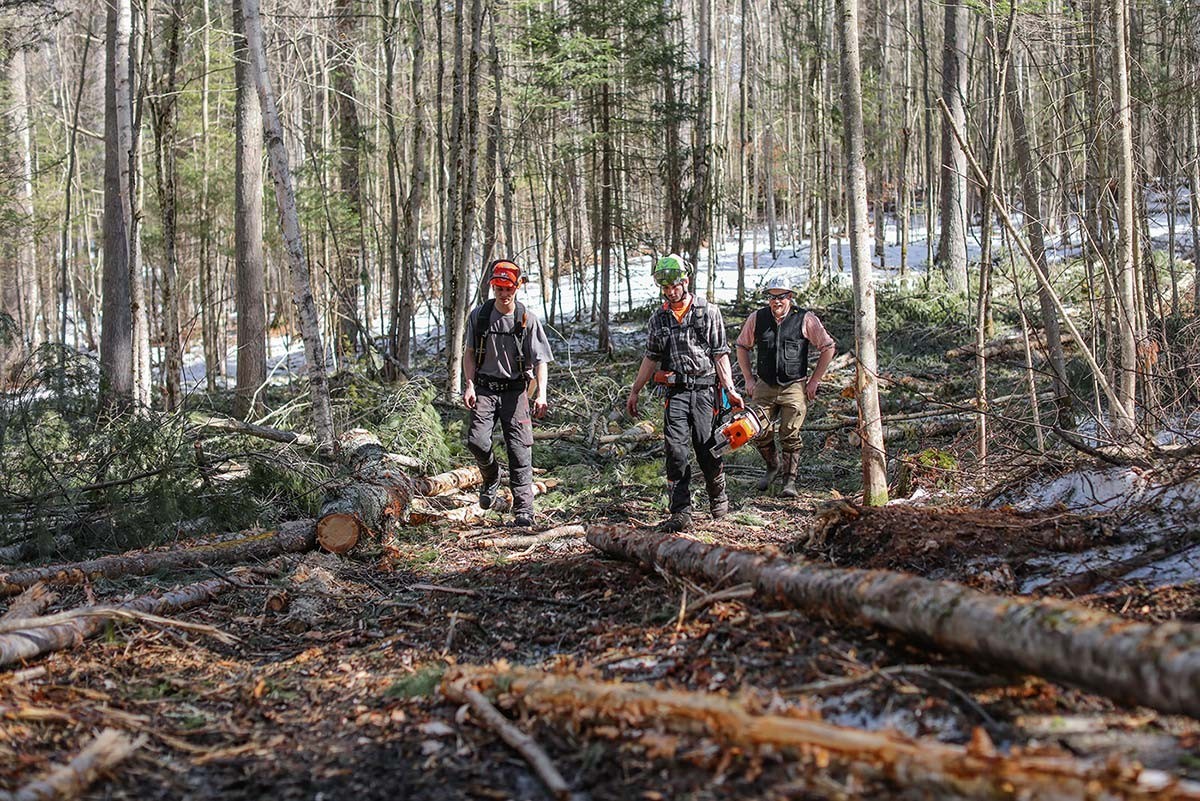
It’s an unseasonably warm February morning in the northern Adirondacks. Just two weeks prior, temperatures had been in minus territory. Today, however, is a balmy 40 degrees, and the student members of the Paul Smith’s College Timber Harvesting Crew are busy greasing the College’s skidders and discussing their safety plan in the woods. They know that spring is right around the corner and are looking to finish the job while the ground is still frozen, thereby minimizing soil disturbance.
These are the top forest operations students in the Forestry program at Paul Smith’s College, and they’re working under the supervision of College forester John Foppert. Ask any of them and they will tell you they have the coolest campus job.
Just a few weeks earlier, Foppert had been working with a different set of students in a silviculture class marking the stand for harvest. Marking a stand – paint gun in hand – is a rite of passage at Paul Smith’s that separates the dirt foresters from the armchair foresters. Foppert works one-on-one with the students because he says this skill is too important to be taught any other way. Each tree represents a discussion, and a negotiation of tradeoffs. Lessons in ecology, wood properties, economics, and plant physiology all contribute to the decision to cut or leave a tree. The prescription for this particular site is a free thinning focused on improving the vigor and quality of trees in the residual stand. The goal is to favor the best trees for future growth, not to maximize income from the operation.
The students on the Timber Harvesting Crew appreciate the forethought that’s gone into laying out the job by their junior classmates. In addition to thinking about the products that the thinning will produce, the students were also thinking about the process. The trees marked for removal were done so in a way that created clear felling lanes and avoided residual stand damage to the crop trees left behind. What started as a lesson in the mechanics of forest operations evolved into a lesson in stewardship and forest ethics, where those with the paint gun and chainsaw were thinking not just about what they were taking, but more important, what they were leaving behind.
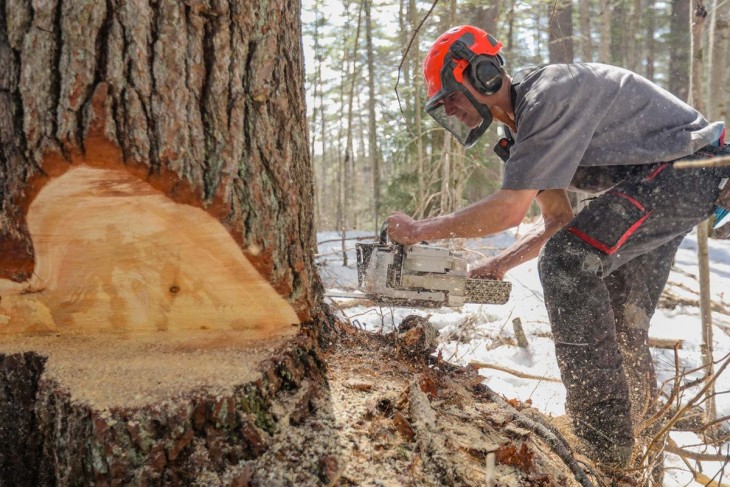
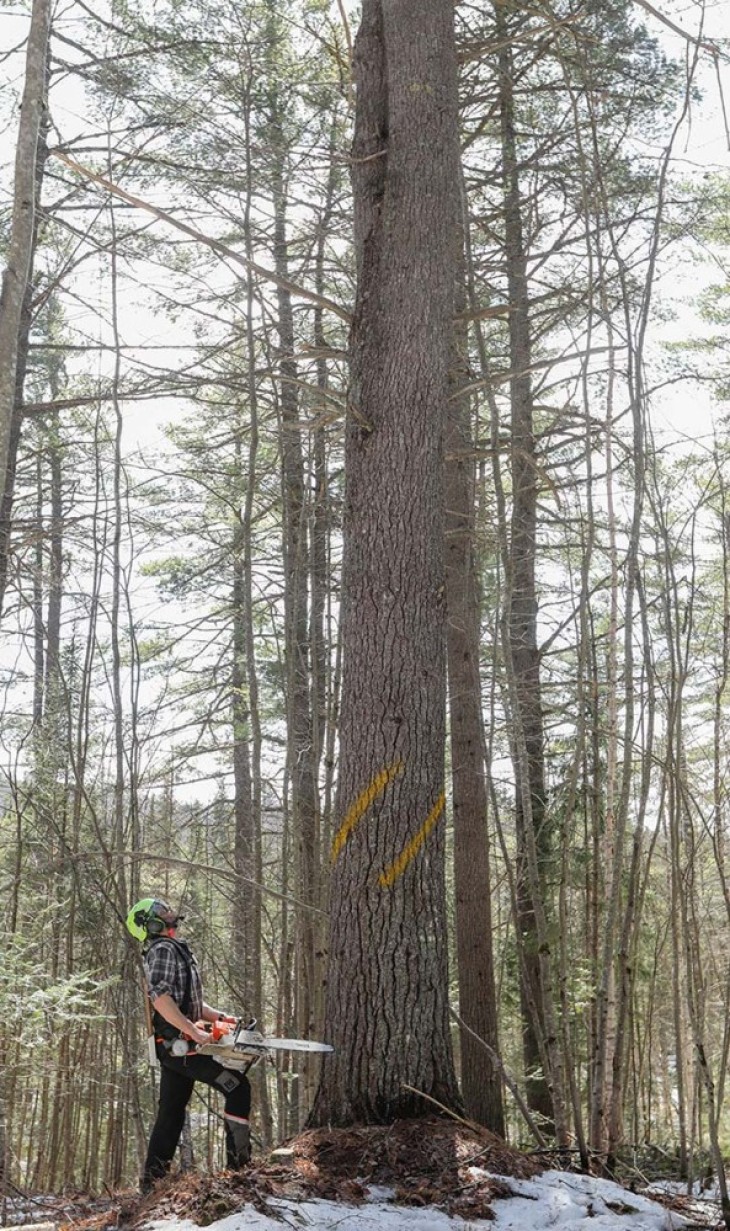
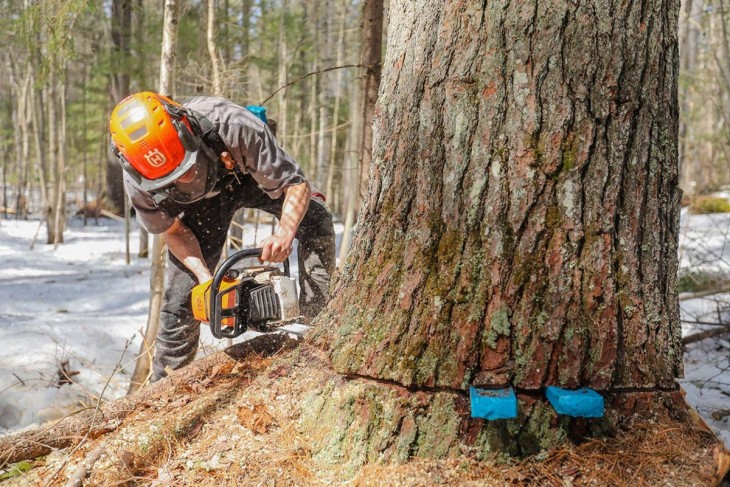


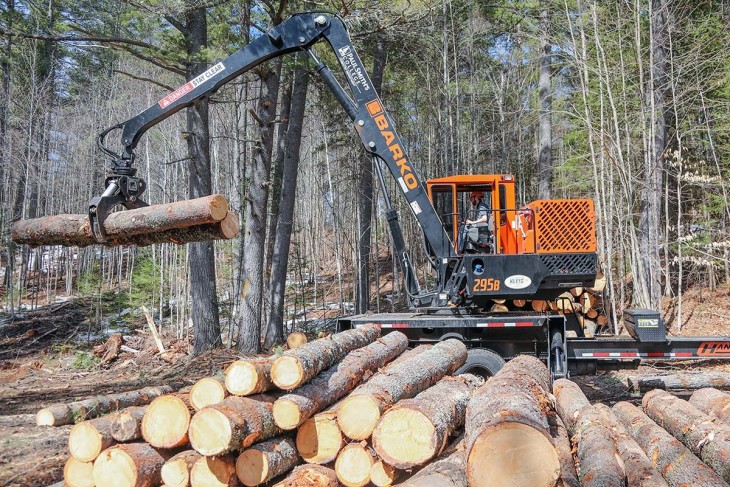
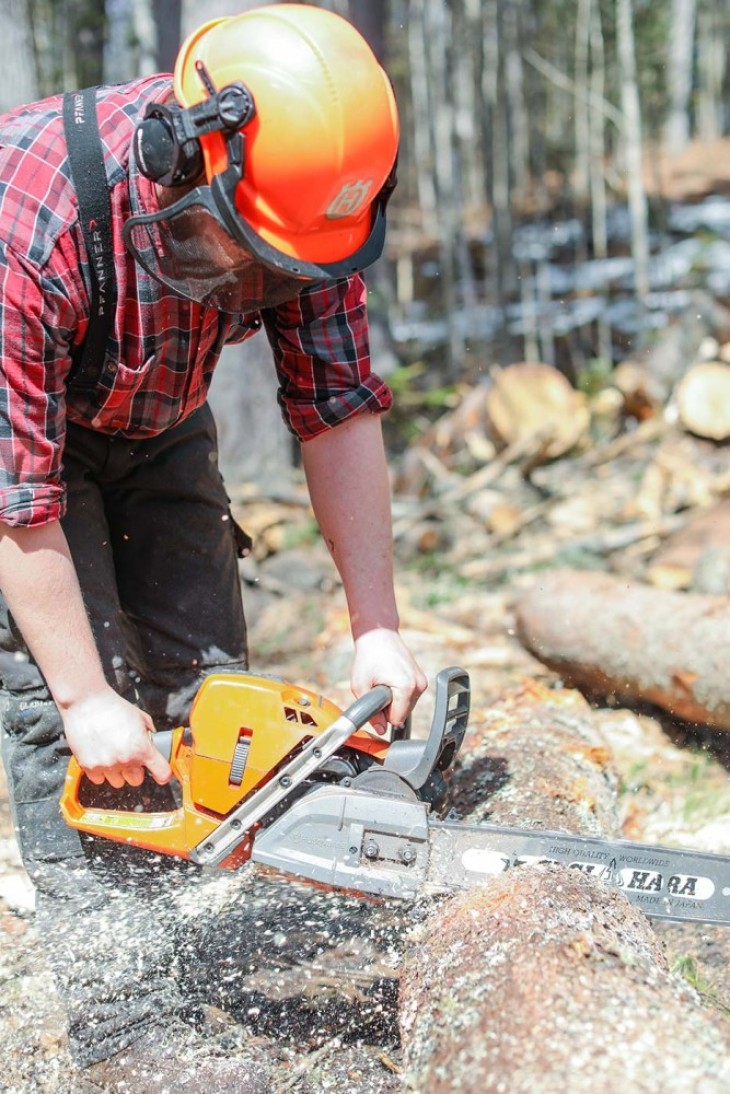
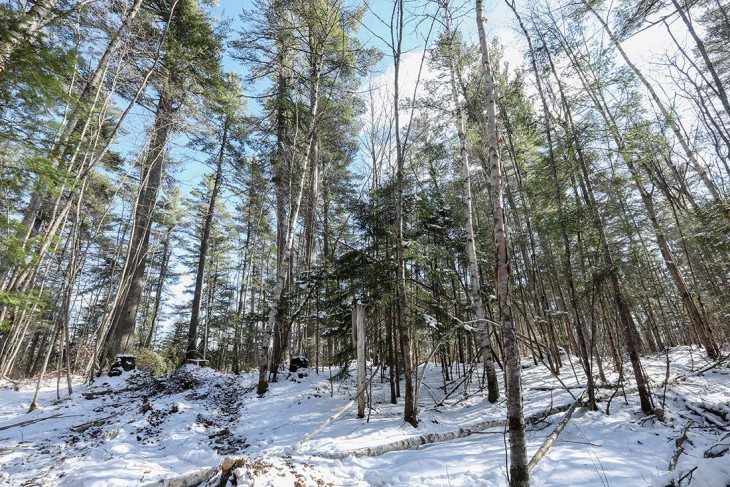
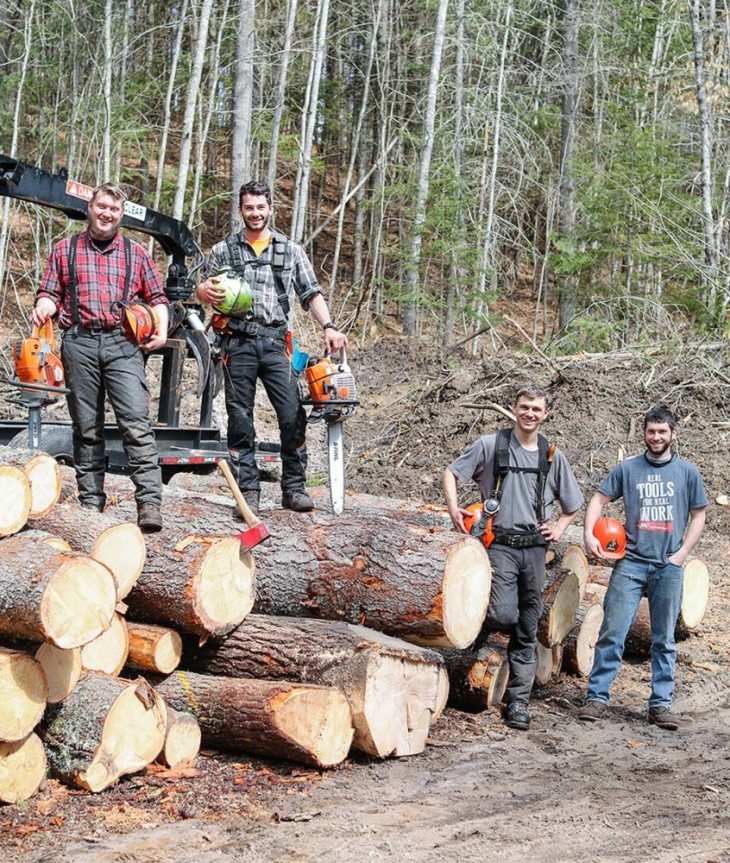
Discussion *